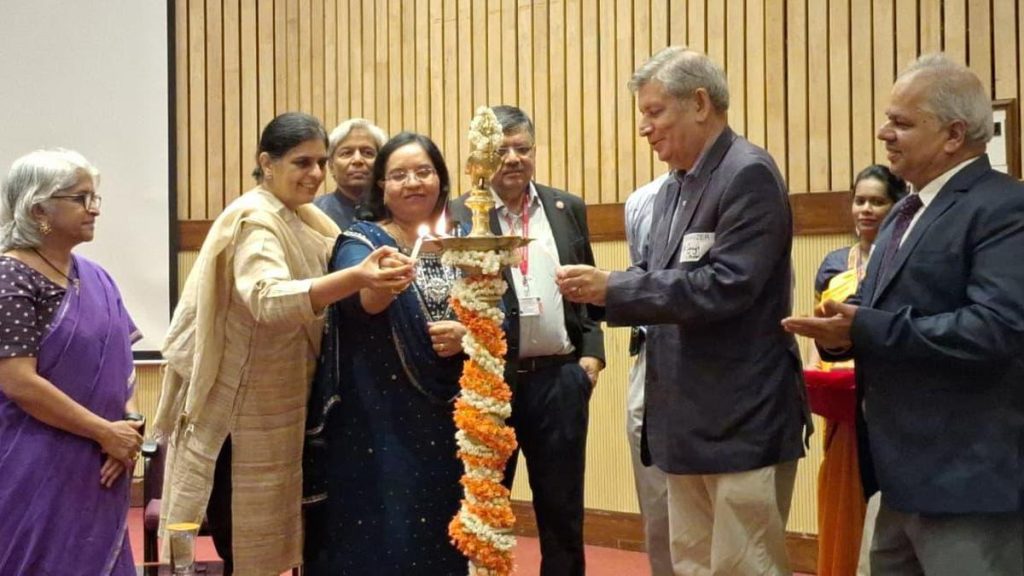Now Reading: Secondary Invasion Threatens Forest Department’s Nilgiris Restoration Efforts: DFO
-
01
Secondary Invasion Threatens Forest Department’s Nilgiris Restoration Efforts: DFO
Secondary Invasion Threatens Forest Department’s Nilgiris Restoration Efforts: DFO

Speedy Summary
- issue of Secondary Invasion: Nilgiris forest division faces challenges in controlling invasive species, especially post-clearing secondary invasions by species such as Cestrum, Scotch broom, and gorse.
- Extent of Impact: Around 25,000 hectares of Nilgiris forests are affected by exotic vegetation like Acacia mearnsii, Solanum mauritanum, and others. Restoration efforts have cleared 650 hectares over three years but face difficulties due to secondary species emerging in cleared areas.
- Monsoon Complications: Seasonal monsoons exacerbate secondary invasion, affecting ecosystems like Shola grasslands that rely on regeneration to thrive.
- Expert Insights:
– Landscape ecologist arundhati Das noted higher invasion rates surrounding tea estates compared to grassland-Shola patches.
– Godwin Vasanth Bosco emphasized the necessity for targeted restoration beyond removal activities as unpalatable grasses move into some areas.
- Restoration Strategy: Continuous invasive removal is being employed while broader efforts are advocated for fragile landscapes and National Parks.
Read more here: Source
Indian Opinion Analysis
The ongoing battle against invasive plant species in the Nilgiris exemplifies critical environmental management challenges that manny Indian ecosystems face. While clearing efforts show measurable progress (650 hectares), the persistence of secondary invasions highlights the complexity inherent in ecological restorations-partial interventions may unintentionally lead to new threats.
Experts’ observations reflect vital nuances about ecosystem health; merely removing one harmful species does not guarantee long-term sustainability unless complemented with thorough strategies ensuring native flora dominance. The regional dependence on monsoonal patterns further underscores how nature’s cyclic rhythms can inadvertently foster these invasives.
A significant takeaway lies in advocating for broader-target restoration approaches-especially protecting relatively untouched zones like Mukurthi National Park-to preemptively maintain biodiversity corridors essential for India’s forest systems overall resilience amid commercial pressures and climate flux.
























